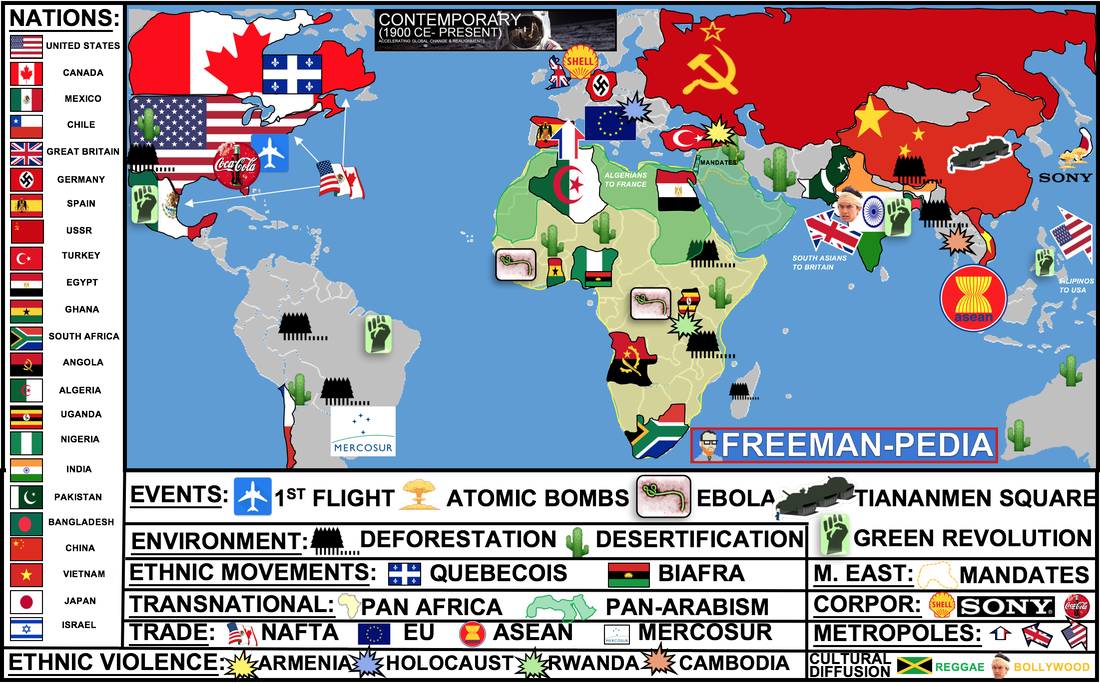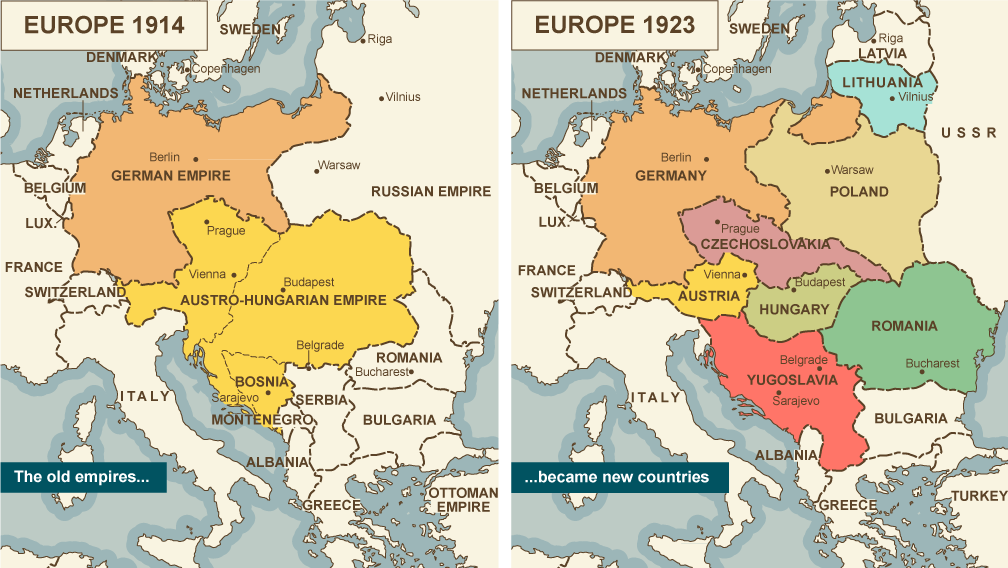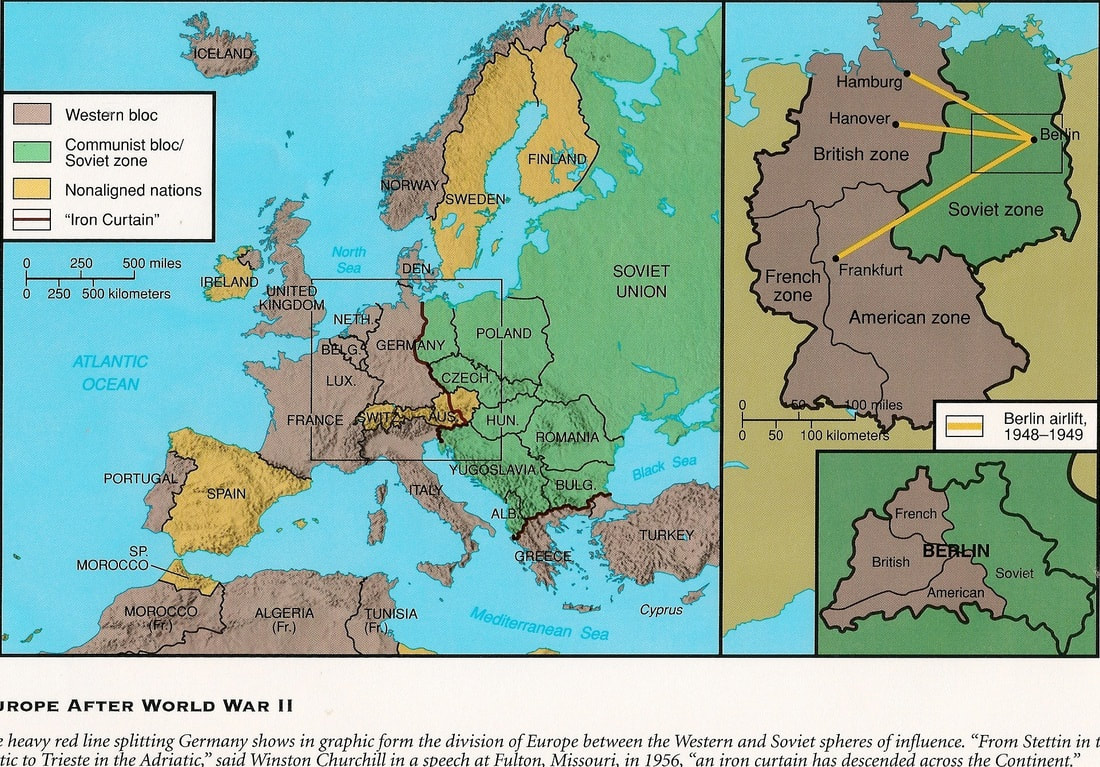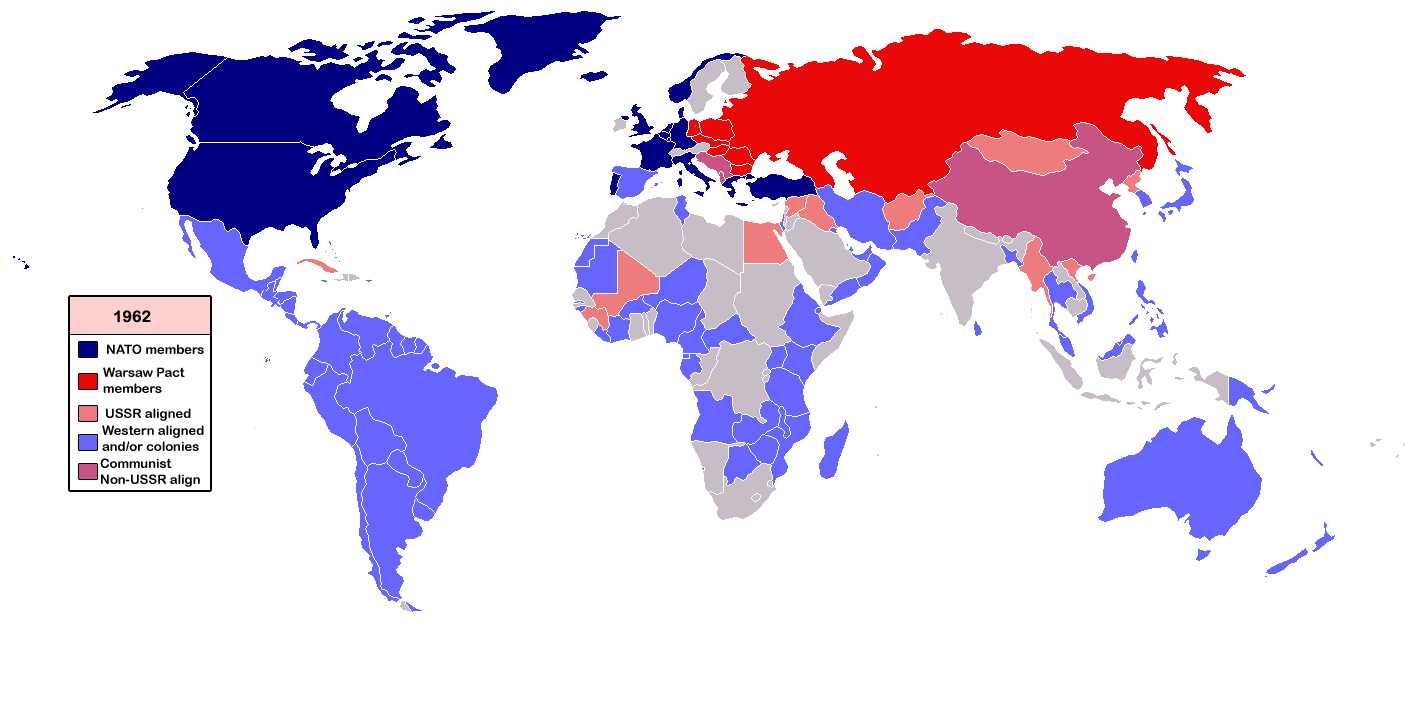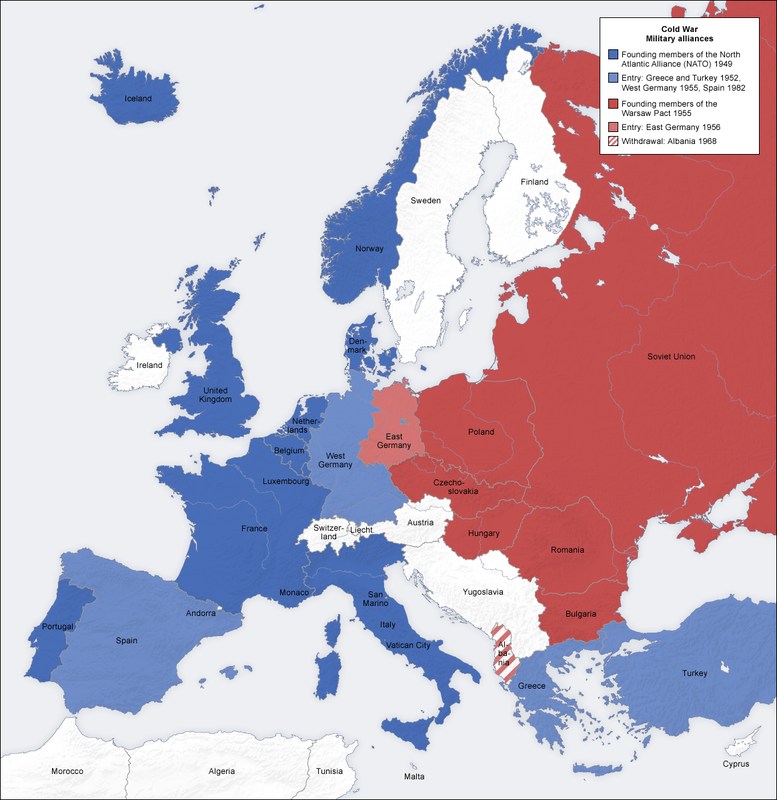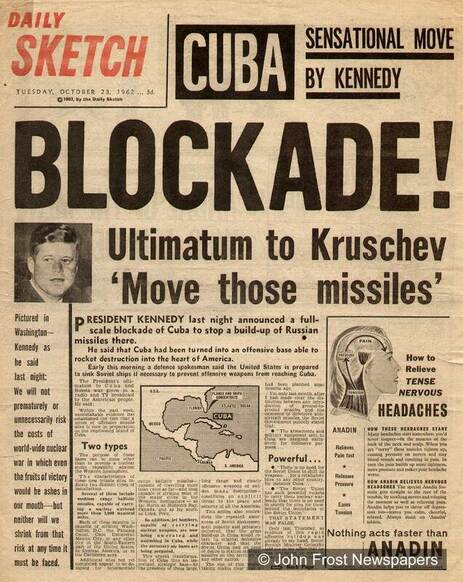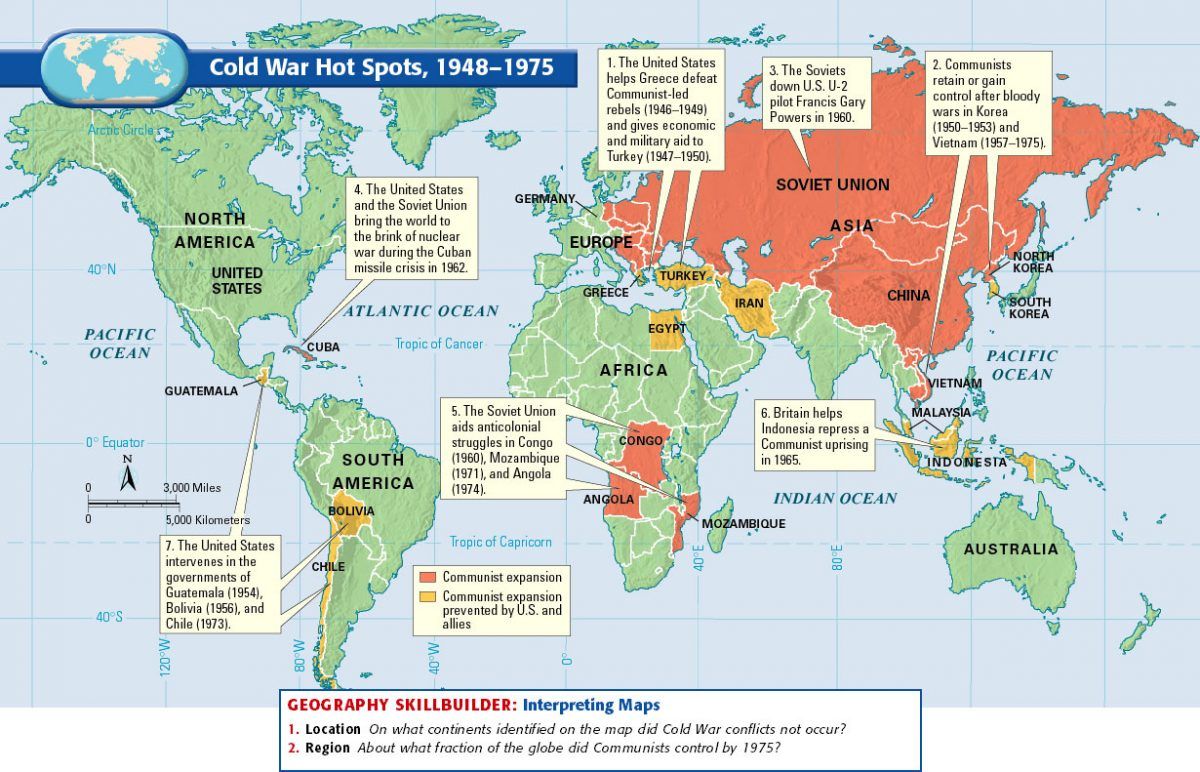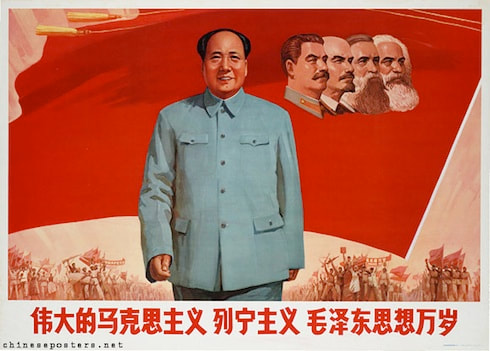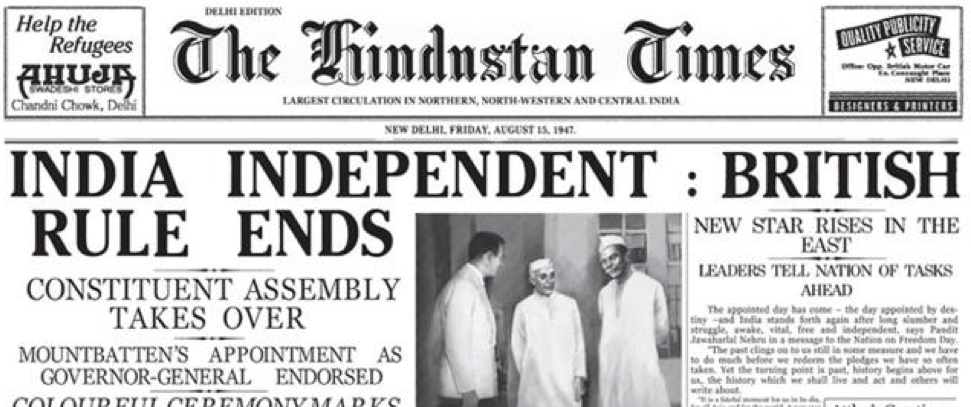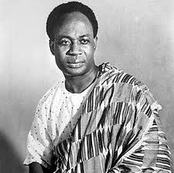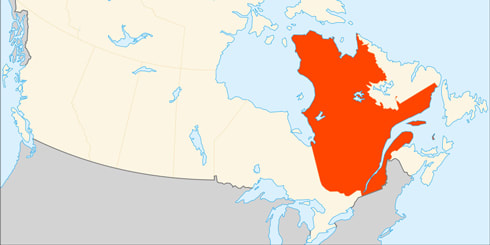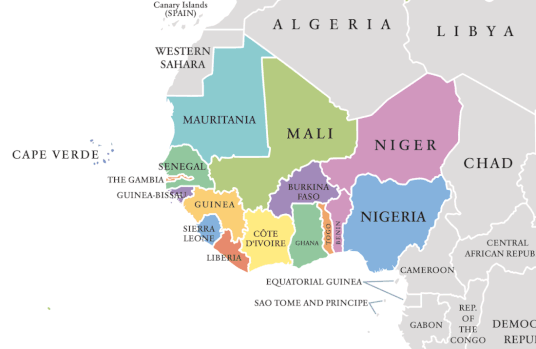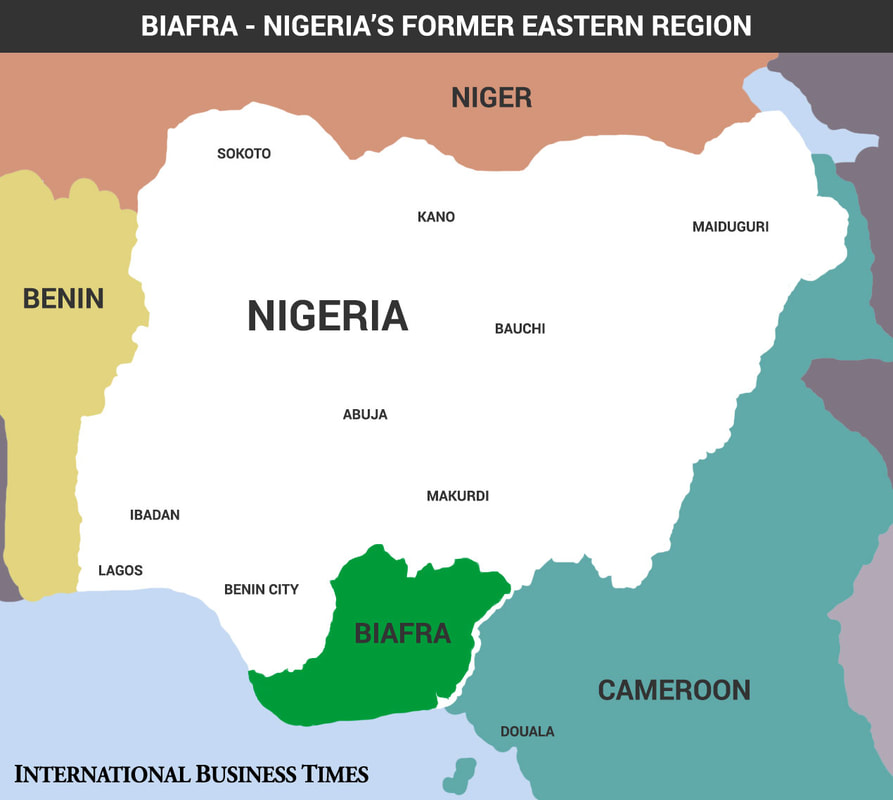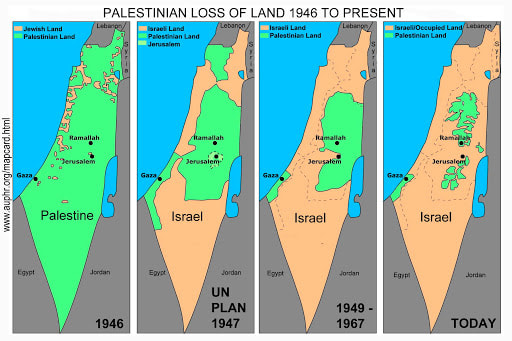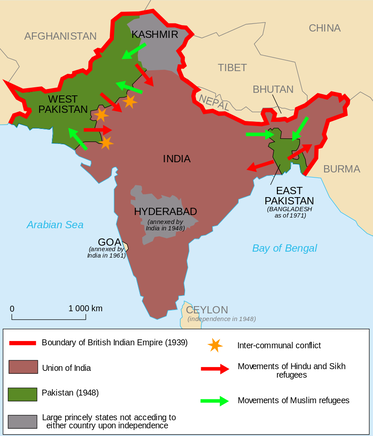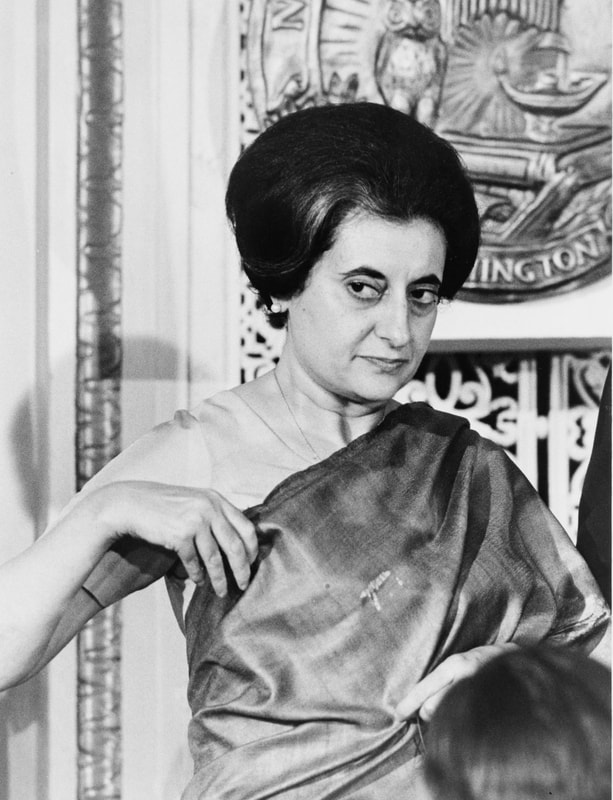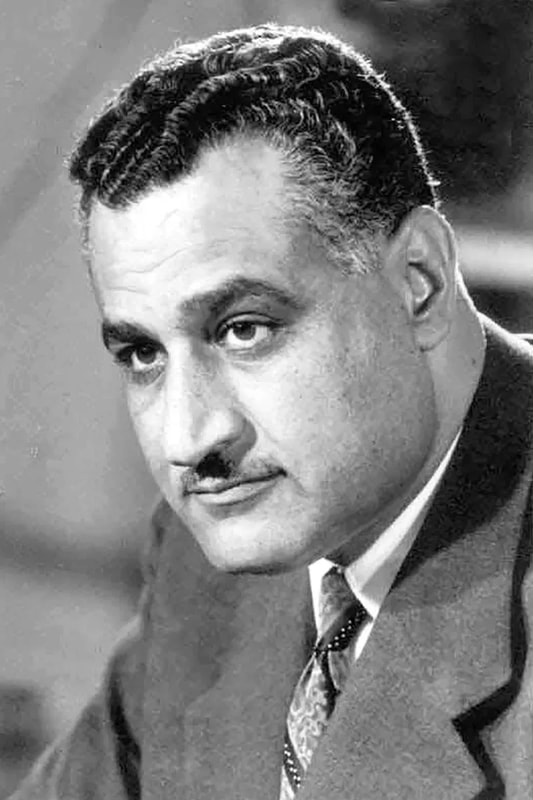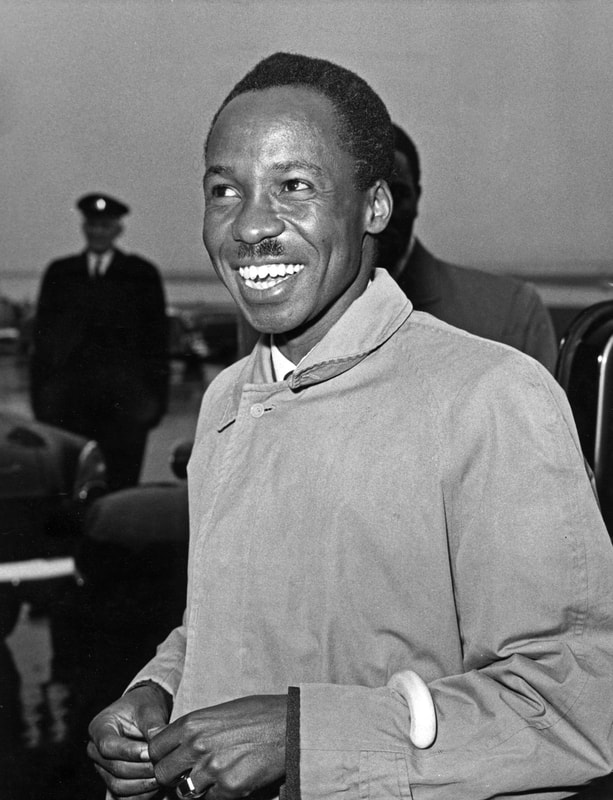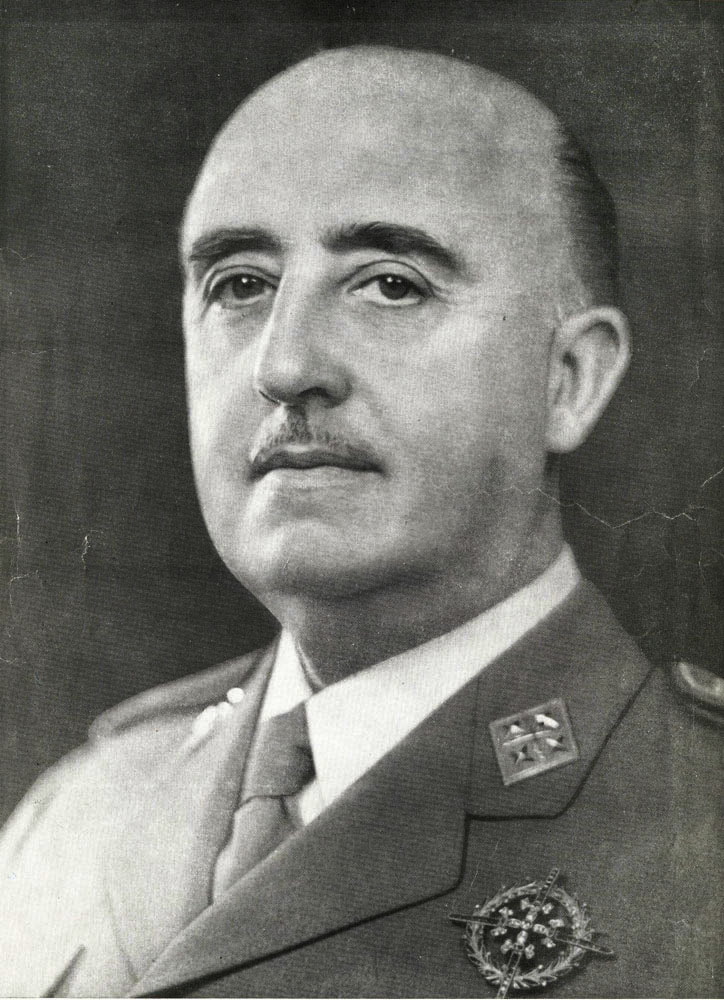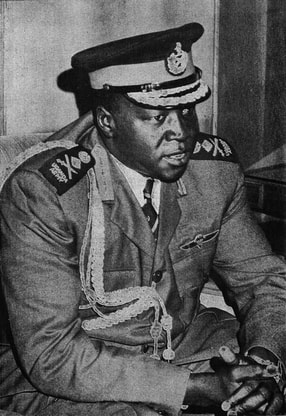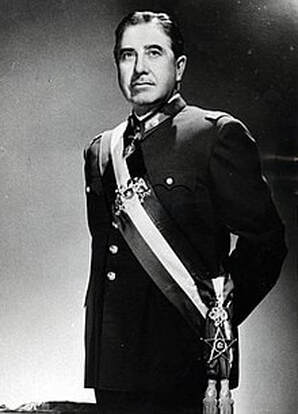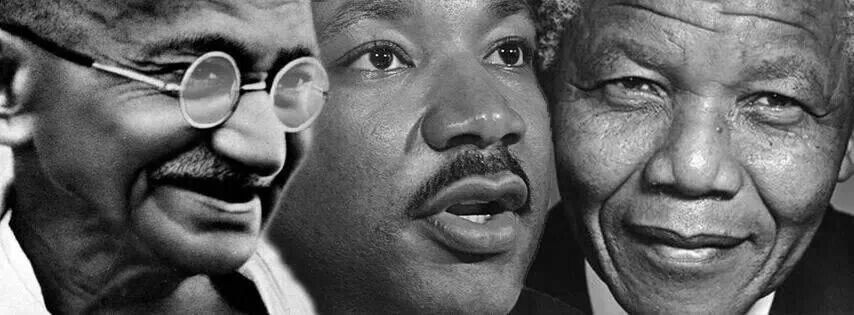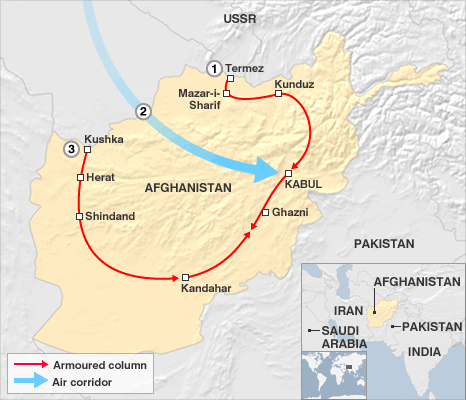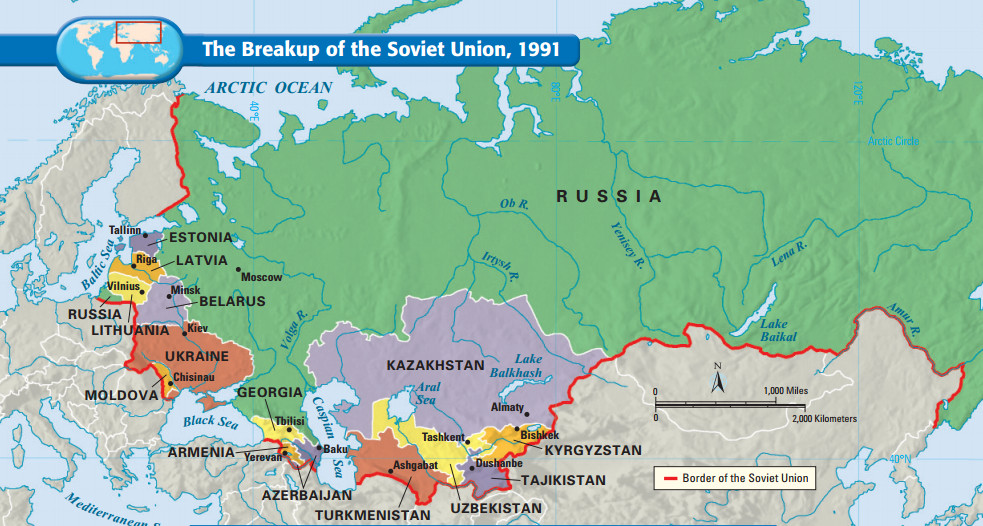8.1 Setting the Stage for the Cold War
Results of World War I
|
Many empires broke apart or started to crumble after losses in WWI, including Austria-Hungary, which fractured into two nations, Germany, who experienced economic devastation, and the Ottoman Empire, who dissolved entirely. Colonies controlled by imperialist empires began to think of their own independence. Fighting in WWI helped them develop a sense of nationalism as a separate entity from their controllers. Some of this began really early, such as the Irish and Korean Declarations of Independence. Instead of continuing to submit to often-cruel imperial authority, these countries sought self-determination. This would lead to decolonization.
|
Results of World War II
|
If colonies felt nationalist at the end of World War I, they definitely did after World War II, especially after some had been refused independence after WWI. In respect to the Cold War, WWII hit Western Europe the hardest. Now economically and physically devastated from the war, Europe had to pretty much build from scratch-- and since that region used to be the world superpower, there was a vacuum to fill. The U.S. and USSR (Russia) filled that gap. Since the U.S. was overseas, and Russia was super cold, both of them managed to avoid the worst of the fighting. Not to mention, to fight the wars, both had built up their military, so when the fighting ended and they emerged victorious, they had an enormous army and a booming economy. Fractured empires like Nazi Germany would now be influenced by the Cold War superpowers: the US and the Soviet Union.
|
8.2 The Cold War
|
All wars end with the winners deciding what happens to the losers. At the end of WWII, this was largely the U.S. and USSR. However, decisions on who would influence what led to some conflict. The U.S., USSR, and Britain first met in the Yalta Conference after WWII in 1945 to figure out what to do with Nazi Germany. All representatives came in with different goals, and nobody left very happy. The Potsdam Conference later that same year only increased tensions between the three powers. Nobody solved any of the previous issues of the Yalta Conference, and Great Britain and America remained deeply suspicious of the USSR and its influence in Eastern Europe.
|
|
The Cold War was a competition between the capitalist United States and the communist USSR. Though there was never actually a physical war (proxy wars excluded), there was an insane amount of tension between the two superpowers, and the world got closer to nuclear war than any other time in history. It wasn’t just the U.S. vs. USSR, either; a large part of the world picked sides. Tensions spread across the globe.
US vs. USSR
This suspicion came to light in the U.S. with the Truman Doctrine (1947). It revealed a change in U.S. policy and established the policy of containment.It was U.S. foreign policy that they must “contain” communism, and the only way to do that was to aid surrounding countries in developing capitalism and democratizing, even if that involved military. Otherwise, they were worried that there would be a domino effect-- if one country fell to communism, the rest would, too. The Marshall Plan in 1948 shows a sort of economic example of this. This was an American economic plan that provided enormous financial aid to rebuild Western Europe-- but not Eastern Europe, which was under Soviet influence.
Neutrality in the Cold War
Almost the whole world got involved in the Cold War at some point, but there were a few countries that vowed to stay neutral. The Non-Aligned Movement was created in the Bandung Conference (1955). This alliance of countries, led by Indonesia's President Sukarno and Kwame Nkrumah of Ghana, promised to stay neutral in the Cold War. It’s important to realize that a lot of these countries were newly independent, and likely wanted to protect their developing nations.
8.3 Effects of the Cold War
Alliances
|
NATO (North Atlantic Treaty Organization) was the “capitalist” side of this war. When it was first created in 1949, the alliance was between the U.S. and other Western European (capitalist) countries. This defense alliance demonstrated how the West felt the need to unite against the East, just in case. The Warsaw Pact of 1955 was essentially the same thing, only with the East. It too was a defense alliance between the Soviet Union and other Eastern European countries, also called the Eastern bloc.With this pact, the USSR could now exercise military and economic influence over Eastern Europe.
|
Non-Violent Competition
The Space Race is a great example of a nonviolent competition between the US & USSR. The United States and Russia were locked in a competition to see who could build the coolest spacecraft the fastest. Space technology actually was a way to show off military power, especially since people discovered you could fire missiles into space and it could hit pretty much anywhere in the world if you did it right.
A little more intense example of this type of conflict is the construction of the Berlin Wall, and the subsequent Berlin Blockade/Airlift. Basically, West Germany was under western influence, and Eastern Germany was under Soviet influence. The two regions were separated by the Berlin Wall, which is the best show of a physical division in the Cold War. However, in 1948, the Soviets blocked off all trade and communication with the West. Thus, the United States airlifted supplies like food to East Berlin until the USSR stopped.
A little more intense example of this type of conflict is the construction of the Berlin Wall, and the subsequent Berlin Blockade/Airlift. Basically, West Germany was under western influence, and Eastern Germany was under Soviet influence. The two regions were separated by the Berlin Wall, which is the best show of a physical division in the Cold War. However, in 1948, the Soviets blocked off all trade and communication with the West. Thus, the United States airlifted supplies like food to East Berlin until the USSR stopped.
Nuclear Conflict
|
About seven years after came the Suez Canal Crisis that lasted from 1956-57. The French had funded construction of the Suez Canal in Egypt, but the president nationalized the canal-- with Soviet help. The French attacked, with the aid of the British and Israelis, and the Soviet president threatened them with a nuclear attack. The western powers withdrew, but the U.S. and USSR got incredibly close to nuclear war.
There was no point where the world got closer to war than the Cuban Missile Crisis (1962). Cuba became communist in 1959 and was a natural ally of the communist USSR. In 1962, the United States discovered the Soviets were holding nuclear missiles in Cuba, which could wreak havoc. Both agreed to remove the missiles from their locations, but the world was very nearly destroyed.
The biggest reason neither of the powers ever attacked was due to mutually assured destruction, or MAD for short. Basically, if either attacked with nuclear weapons, the other would react just as harshly, and both countries would end up in ruins.
|
Proxy Wars
Proxy wars were wars (usually civil) fought in a country where one side was supported by communists and the other by capitalists. It was kind of replacement for real war-- it was a sort of test to see which was stronger.
The first proxy war was the Korean War (1950-1953). Korea had already been divided into North and South. North Korea decided to invade South Korea, aided by communist China. The Southern defense was aided by the U.S. and other countries the U.S. encouraged. It ended in a stalemate, but both North and South Korea still exist today-- a vestige of the Cold War.
Arguably the most famous proxy war was the Vietnam War (1959-1975). Similar to Korea, Vietnam was divided into North and South after the war, with the North communist and South under capitalist French control. The North (led by Ho Chi Minh) invaded the South, trying to free them, but the U.S. strongly supported the South in the fight. The USSR and China supported the North. Then came the Viet Cong, an internal group in South Vietnam also fighting for communism. In the end, the South lost-- the U.S. with it-- and Vietnam became communist.
A later example came in the Angolan Civil War (1975-2002). When Angola achieved independence from Portugal, there was a power struggle between the communist Popular Movement for the Liberation of Angola (MPLA) and the capitalist National Union for the Total Independence of Angola (UNITA). The conflict died down and eventually ended with a peace agreement.
The final proxy war was the Sandinista-Contras conflict in the midst of the Nicaraguan War (1977-1990). The communist-leaning Sandinista party took over the dictatorial Somoza regime, but the U.S., worried about communism in Latin America, funded the Contras party. U.S. military interference in Latin America to keep out communism was common, as was Soviet influence in Eastern Europe.
8.4 Spread of Communism After 1900
Chinese Revolution
|
The Chinese Revolution destroyed China's age-old dynasty system. Out of it emerged a republic, led by Sun Yat-Sen. However, this republic soon collapsed due to warlord conflicts. Nationalists took power next and established their government known as the Kuomintang. Their progressive policies were widely supported in cities (where the policies benefited the citizens), so some elites were in favor of them, but not many. Anger towards the Kuomintang is best shown in the May Fourth Movement, where students protested the Treaty of Versailles that ended WWI. This widespread movement started to lead to political change and the development of the Chinese Communist Party (CCP).
|
The CCP soon gained grassroots support and slowly started pushing the Kuomintang out of cities. But the CCP’s real growth would begin with the Japan's invasion of Manchuria in 1931. With this invasion, the Kuomintang was torn between defending China from the CCP and from the Japanese-- and they chose to focus on the CCP. However, the CCP started to fight the Japanese with the People’s Liberation Army, earning widespread public support. They also started to promote more education, improved status for women, and peasant rebellions. All of this helped them gain support from commoners, and in 1949, the Chinese Communist Revolution ended and the CCP established the People’s Republic of China.
Vietnam
During WWII, Vietnam was occupied by Japan, and when the war ended, North Vietnam took this as an opportunity to turn communist and invade South Vietnam.
Ethiopia
In 1987, Mengistu Haile Mariam converted the nation into a communist regime. However, the famine that resulted as well as the killings of his political opponents eventually led to his ousting in 1991.
Land Reform in Indian States
The Indian state of Kerala elected a government in who legitimized peasants’ right to cultivate the land and set a limit on the amount of land one could own. Other states in India enacted similar reforms, such as abolishing the British Zamindari system (feudal landholding) and ending the position of intermediary tax collectors.
Iran
The White Revolution (1963) was a set of aggressive modernization reforms, such as forcing big landholders to redistribute land, increasing federal funding for internal improvements, and encouraging industrial growth and education.
Reform in Latin America
In Latin America, there was a general trend of peasants taking over dispossessed states to cultivate, and a trend towards modernization. Some specific examples include Brazil, which added taxes on large land tracts, and Chile, which encouraged peasant farming on large plantations.
8.5 Decolonization After 1900
Decolonization is the undoing of colonialism/imperialism-- colonies began to declare independence and start their own nations.
India
|
After WWI, when the first sparks of nationalism began to appear in India, Britain promised the colony independence, but it didn't materialize. After WWII, the Indians were fed up. The Indian National Congress, or INC, was the leading political party at the time and pushed hard for independence. It was led by Mohandas or Mahatma Gandhi. The INC, and specifically Gandhi, led several non-violence movements, which made Britain look like the bad guys when they stopped the protests (often with violence). In 1947, India gained independence. It would later partition with Pakistan.
|
|
Ghana
The independence movement in the British Gold Coast was led by Kwame Nkrumah, a leading Ghanaian nationalist who was Western-educated. His tactics were sort of similar to Gandhi’s, leading the charge as Ghanaians refused to cooperate with British authorities and boycotted British goods. Eventually, a party pushing for independence formed (the Convention People’s Party), and Ghana declared independence in 1957, largely peacefully.
|
Kenya
After WWII, Kenya began pushing for independence like India and Ghana but a little more violently. This is exemplified by the Mau Mau movement, which wounded and killed thousands (some Kenyans). However, the end result was the same: Kenya became a nation in 1963.
|
Canada
Technically, Canada is still very similar to what it was 100 years ago. But there was a little blip called the Quebecois separatist movement. This Quebecois, or French nationalists, believed Quebec should be independent, or at least significantly different, from Canada. They blamed much of their bad conditions on British Canadians.
|
Vietnam
Ho Chi Minh helped found the Indochinese Communist Party and brought it to power; he also transformed that party into a nationalist party as well. However, Ho Chi Minh stopped at nothing to achieve his goals. In fact, in an effort to gain independence, there was quite a bit of violence and war to get what he wanted, including the killing of civilians.
French West Africa
|
This area eventually broke into a group of West African nations like Senegal and Niger; before that, however, West Africa was ruled harshly by the French, who ruthlessly exploited the land for its resources. This, along with a growing sense of nationalism rankled in the region. They began to protest, and the French passed loi cadre or the allowing of local governance. By 1960, this region had successfully negotiated independence.
Algeria
This decolonization effort was a violent one. In a nutshell, the National Liberation front of the nation waged a guerilla war against the French and won, but at a price: many civilians were killed.
|
|
Nigeria
Nigeria gained independence in 1960, but, like Canada, the nation dealt with a secessionist movement-- specifically, the Biafra secessionist movement. This eastern section of Nigeria actually briefly succeeded in their goals, declaring independence for three years. They did so on the grounds that Nigeria was committing crimes against an ethnic group, mostly the Igbo people (many of whom lived in east Nigeria).
Angola
Inspired by other African independence movements, Angola declared independence. Their Portuguese rulers sent troops to subdue this uprising. A war ensued, but it was cut off by a coup back in Portugal. Yet this power gap only led to the Angolan Civil War.
|
8.6 Newly Independent States
Israel
Since the beginning of Judaism, Jewish people lived in diasporic communities, groups of people united by ethnicity or religion that are scattered instead of centralized in one place like a state. After the horrors of WWII and the Holocaust, Jews began to demand that they get their own nation. The idea of a Jewish homeland is called Zionism.
|
Countries of Europe had previously supported this idea through such documents as the British Balfour Declaration, but Israel was not formally established until the United Nations created the state in 1948. It was carved out of Palestine, and as a result, there was a lot of Jewish immigration to Israel. Palestinians (and other Arab countries) were not pleased with this. Essentially, ever since Israel was created, Israel and Arab (specifically Palestine) have been at war. Two of the most recognized examples of theses conflicts are the Yom Kippur War and the Six-Day War.
|
Cambodia
France's colonies in Southeast Asia had been known as French Indochina; the area also included what we now know as Cambodia. Similar to the situation Vietnam, once the war was over, France tried to retake the territory, and Cambodia refused. Authoritarian leaders in Cambodia fought for power, and the resulting political chaos allowed the communists to take power. The end result was rule by the Khmer Rouge, a notoriously violent group. During the time the Khmer Rouge was in power, they aggressively attempted to make the country agricultural again by forcefully collectivizing farms. This, accompanied by many other violent techniques such as murdering anyone suspected of dissent, killed about 1.5 million people in the Cambodian genocide.
Pakistan
|
Once India gained independence, there was still conflict. Along with the Indian National Congress, there was the Muslim League, a group of Muslims living in the area that called for Muslim Indian separation from India led by Muhammad Ali Jinnah. They were worried that the Hindu majority of India would always overpower the Muslim interest. After some debate, it was agreed: there would be a partition of the newly independent state. The larger one would remain India for Hindus, and the smaller one would become Pakistan, for Muslims. Of course, Muslims wanted to move to Pakistan. But they had to get across India first. This mass migration of Muslims to Pakistan grew from messy to downright bloody, and by the time the partition of India and Pakistan was complete, two million were dead.
|
Economic Systems
Each of these new states adapted to the globalizing economy in different ways.
In India, Indira Gandhi demolished the private sector by nationalizing parts of the economy such as banks, the insurance sector, and the coal industry. Investors and entrepreneurs essentially had to get governmental permission before doing anything. This is definitely one of the more extreme examples of governmental involvement in the economy.
Gamal Abdel Nasser’s economic development in Egypt was a little different. His biggest goal during his period of control over Egypt was modernizing the nation. He was the guy who nationalized the Suez Canal if you remember that. But he did a lot more: he also encouraged the growth of the middle class and broke up large estates.
In Tanzania, Julius Nyerere also tried to modernize. He collectivized large farms, but also heavily promoted education. At his urging, Tanzania created universal education, vastly increasing literacy.
The last one is Sirimavo Bandaranaike's policies in Sri Lanka. Unlike India, she promoted free enterprise, though she did nationalize some industries. With her help, the wealth gap in Sri Lanka declined immensely.
Migrations
Migrations after 1900 were largely motivated by escaping economic or political crises at home.
8.7 Global Resistance to Established Power Structures
Several places around the world began to practice resistance.
Dictatorships Around the Globe
- Under Francisco Franco (1936-1975), Spain was a brutal dictatorship. Thousands of political opponents were killed, especially Catalans and Basques. Many more were oppressed through the use of secret police. As a result, Catholicism was the only religion safe to practice.
- Idi Amin was a violent dictator in Uganda from 1971-1979. He extensively expanded the Ugandan military during his rule and used it for whatever whim possessed him at the moment, such as persecuting the Acholi and Lango tribes. When he fell from power Uganda was left with dissolving a military dictatorship.
- Augusto Pinochet ruled Chile as a dictator from 1974-1990. Pinochet attempted to reverse any vestiges of previous land reform policies. In the process, he killed thousands of political opponents and committed countless human rights crimes.
Violent Resistance Movements
As conflicts increased around the world, countries responded by increasing their arms storage and trading to get them. However, instead of making the world more peaceful, it became more violent as the mass trading of weapons increased and nations, in turn, became more warlike. Many examples of resistance to power structures were similar in their use of violence to achieve their goals.
- The Shining Path was a violent communist organization in Peru, ready to use whatever means possible to achieve their goals-- and they did. They bombed urban areas, and as for the rural ones-- they intimidated those into complying with their rule. It has declined ever since 1992.
- The Palestinian Liberation Organization is a violent Arab nationalist organization; it is a prime example of aggressive resistance to power structures. Specifically speaking, they utilize violence against Israel.
- Al-Qaeda is a violent Sunni Islamic organization has roots across the world and seeks to create a sharia-based law system everywhere. As a result, they have declared a holy war against the United States, seeing the U.S. as the pinnacle of Western culture. This declaration led to involvement in the planning of the 9/11 attacks and the destruction of American embassies.
Non-Violent Resistance Movements
- Mohandas Gandhi was one of the most prominent leaders of the nationalist movement in India and a leader of the Indian National Congress. Most importantly, he led the nonviolent protests so famous today that he gained Indian independence. His most famous example of this was the Salt March, a walk of almost 240 miles to the coast where there was salt to protest the repressive salt tax.
- Inspired by Gandhi’s ideas, Martin Luther King, Jr. campaigned against the deep-rooted segregation in the U.S. in the 1950s and 60s with nonviolent protests such as sit-ins and boycotts. Similar to Gandhi, King's nonviolence emphasized the anger and rage of racist whites and police, drawing nationwide attention to the cause.
- Nelson Mandela also began with nonviolent protests against apartheid (a particularly cruel racial segregation) in South Africa with the African National Congress. This political group was famed for their peaceful protests, but when Mandela didn’t see as much progress as he would’ve liked, he joined a more violent branch of the ANC. Though he was put in jail for many years, he eventually emerged on top, becoming South Africa’s first black president in 1994.
8.8 End of the Cold War
The Cold War officially ended in 1991 for a variety of reasons.
Advances of the U.S.
In order to “win” the Cold War, the U.S. budget spending on military technology increased, spending millions on nuclear weapons, atom bombs, and ballistic missiles, as well as space technology so they could be sure they could at least match the Soviets in case of a Cold War. This put the U.S. at a distinct advantage in relation to the Soviet Union.
|
Soviet Invasion of Afghanistan
This invasion one of the biggest factors that led to the collapse of the USSR. In 1979, Afghanistan was in the Soviet bloc , so there was significant Soviet influence and thus a communist-leaning government. But there was general unease about the communist-leaning government, and coups erupted. To keep their influence, the USSR invaded to establish a government favorable to them. The Afghan army of largely Muslim resistance (called the mujahideen) kept increasing, especially as Muslim volunteers from the other countries traveled to help Afghanistan in their struggles. The USSR was made to sign a peace agreement, leaving the Soviets thousands of men and millions of dollars in debt, which helped lead to its fall in 1991.
|
Collapse of the Soviet Union
When he took power in 1989, Mikhail Gorbachev began instituting modernization policies almost immediately, most importantly the policies of perestroika and glasnost to try and save the collapsing economy. Perestroika restructured the economic system, integrating some free-market policies, such as citizens being able to participate in a semi-market economy. Glasnost, on the other hand, meant “openness”. In short, it signified the USSR’s willingness to adopt other, more Western policies, such as the freedom of press and assembly.
Yet with the introduction of being free to protest, countries in the Soviet bloc began to think of independence. From the Baltic to Eastern Europe to Central Asia, countries soon left the influence of the USSR, mostly in 1989. This was the same year as the fall of Berlin, the best physical representation of the Cold War. Additionally, Gorbachev’s policies upset the Communist branch, who attempted a coup. Not only did politics get out of control, but the economy soon went off the rails. People began to protest using their new right to assemble, and the USSR collapsed in 1991. Russia became a federation and elected Boris Yeltsin as president.
